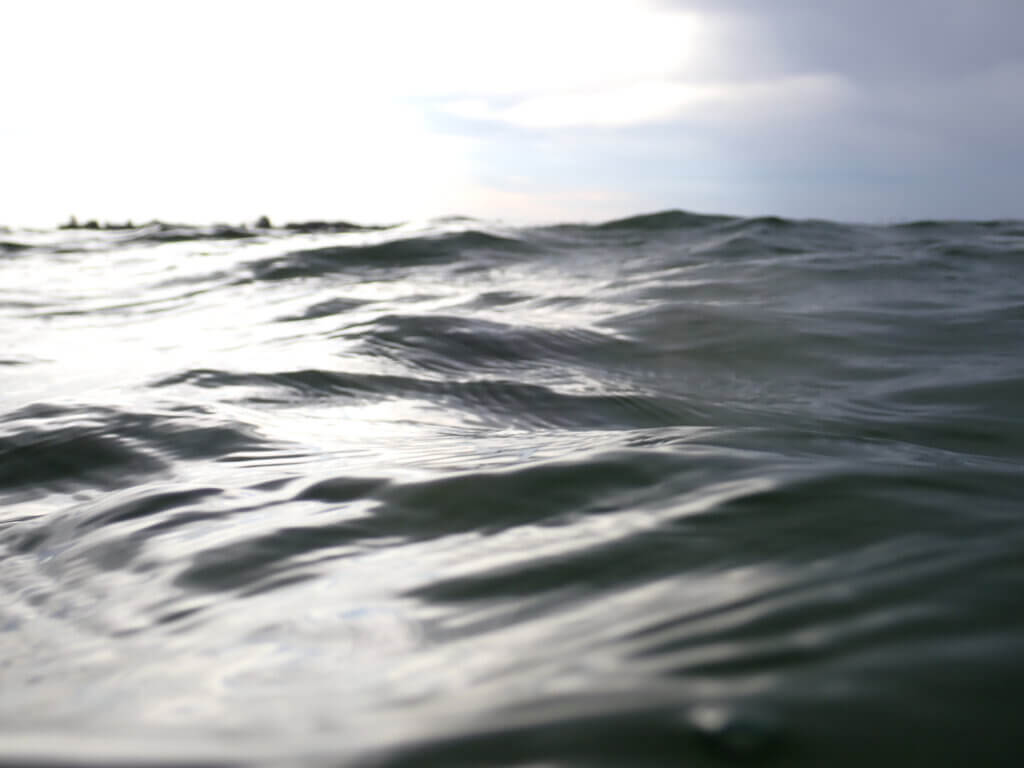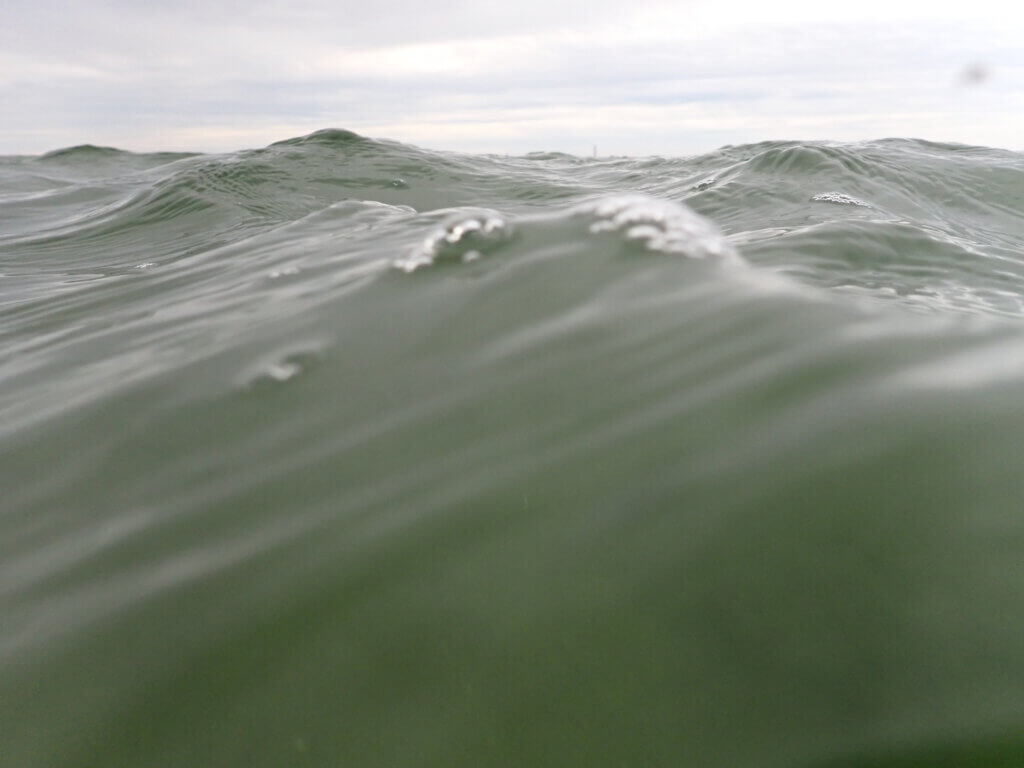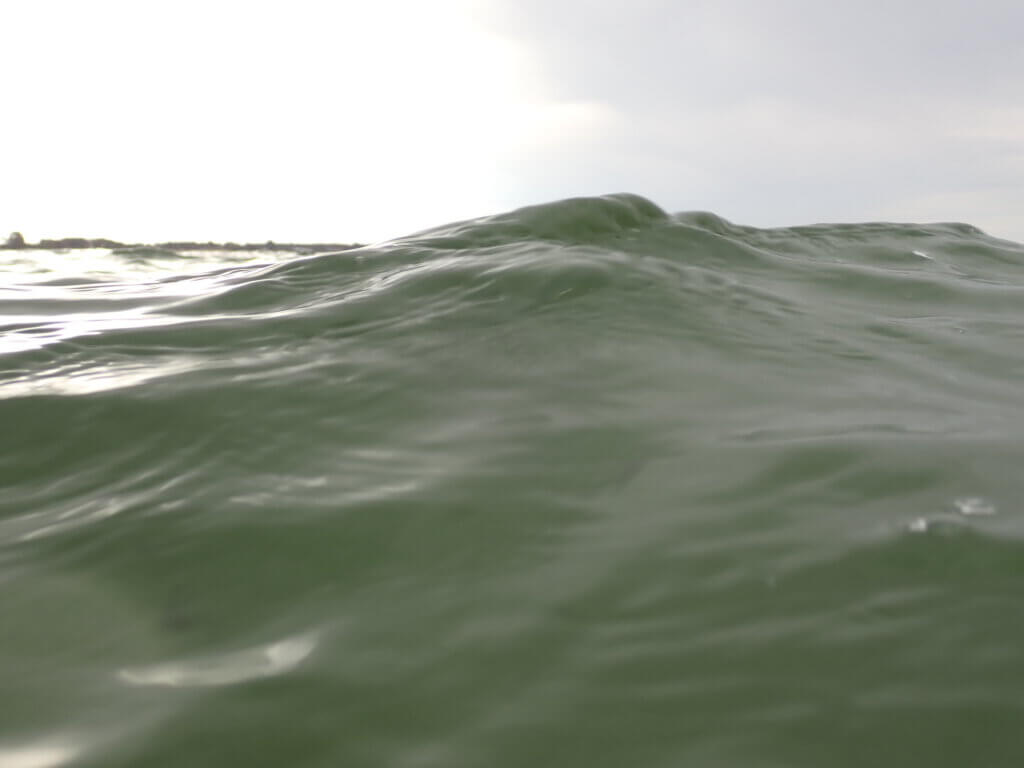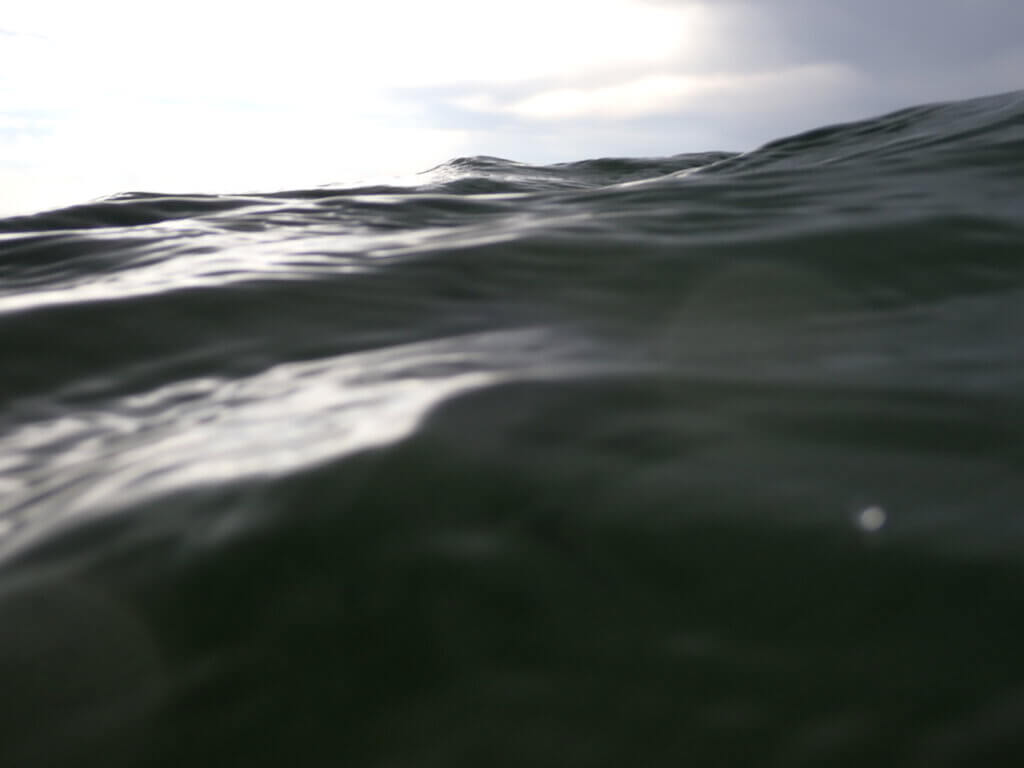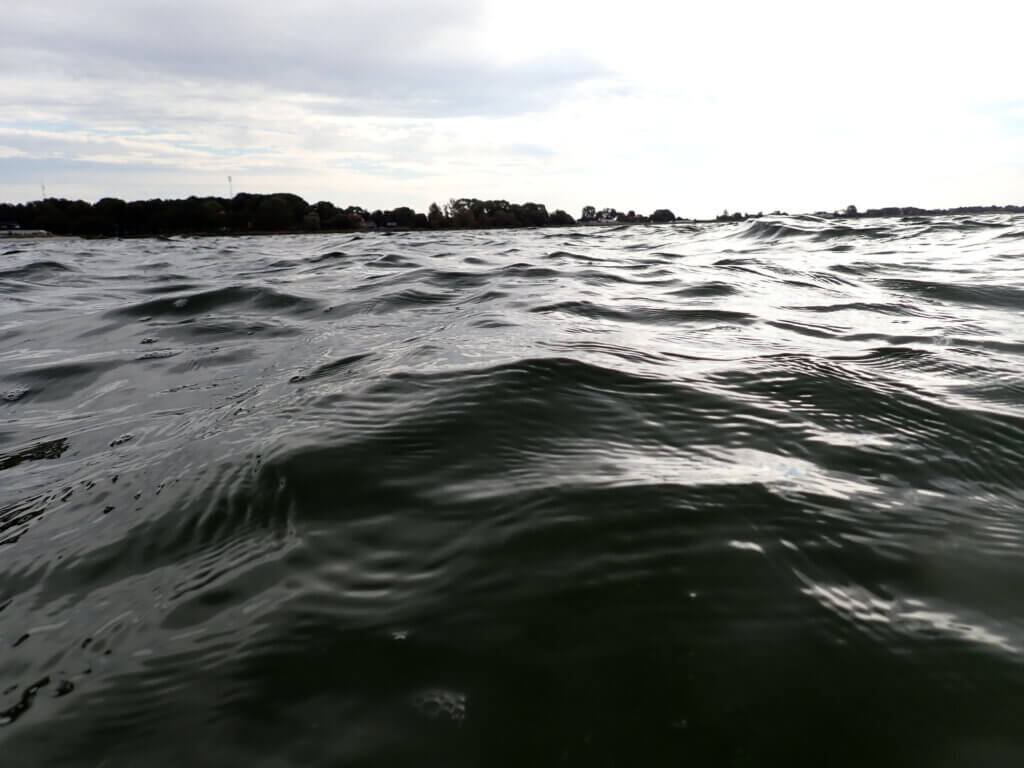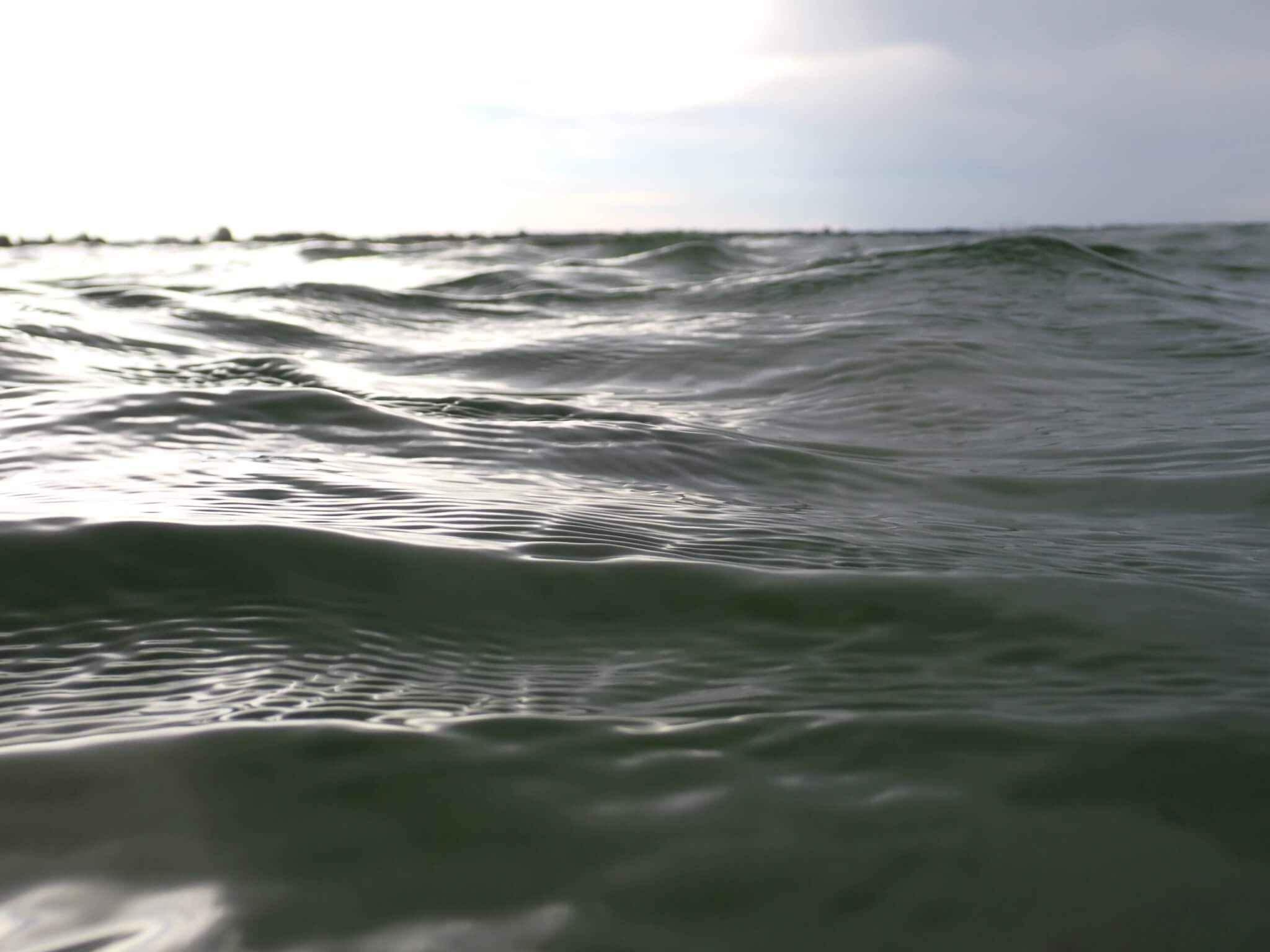
Now published: The book “Teaching fieldwork in geography, earth and environmental sciences”! Summary part 2
This is the second half of my summary of this book, the first half of the book is summarised in this blog post!
In case you haven’t checked out that other post: Considerably longer versions of what we ended up being able to publish in our vignettes are available on my blog:
“Fieldwork bingo cards” (Daae & Glessmer, 2025)
Our first vignette is presenting two bingo cards: an activity bingo to nudge students to make the most of fieldwork and a second bingo with instructions for teachers for how to create such bingos. Both are set in the context of why we think that this is a good idea (which I elaborate on in the blog posts above, go check them out!).
This vignette is now published as: Daae, K. & Glessmer, M. S., 2025, “Fieldwork bingo cards“, in Teaching fieldwork in geography, earth and environmental sciences. France, D., Batty, L. & Swanton, D. (eds.). Edward Elgar Publishing Ltd., p. 17–20
“Students taking ownership in a jigsaw approach to fieldwork” (Daae et al., 2025)
Our second vignette is about using the jigsaw method to let students prepare fieldwork and analyse data in home groups, while going into the field mixed across project groups. This gives them more ownership of the actual fieldwork, encourages engagement and learning across project groups, and also gives each group several attempts at collecting data (if there are problems for example with instrumentation, the approach, or the weather). Read more about this method in this blog post.
This vignette is now published as: Daae, K., Steen-Larsen, H. C. & Glessmer, M. S., 2025, “Students taking ownership in a jigsaw approach to fieldwork“, in Teaching fieldwork in geography, earth and environmental sciences. France, D., Batty, L. & Swanton, D. (eds.). Edward Elgar Publishing Ltd., p. 261–264
Notes on the second half of the book “Teaching fieldwork in geography, earth and environmental sciences“
We start out where we left of: In the next chapter, Mauchline & Thornhill (2025) explore “Citizen science and community-based fieldwork“, which is about students contribute to a co-creation of knowledge together with academics and “the public”. Which is a cool twist on fieldwork — to make it actually matter in the real world rather than making it mostly about learning skills outside. There are many different ways to do citizen science, many different ways to involve the citizens in many different types of activities, and the authors suggest key points to consider during the design stage, like for example the risks of students being project coordinators when there are also members of the public involved. They also provide links to helpful resources like databases of existing projects, tools, and trainings. I think this is definitely an interesting topic to explore, and integrating the citizen science project that I led in my previous job with curricula was one of the goals we were pursuing when the pandemic hit and I later left that project…
A very interesting suggestion is also made by Henry (2025) in the vignette “Volunteering as fieldwork – ‘I felt as though I was doing something that actually was beneficial to the environment rather than just learning how to help theoretically’” — letting students volunteer in conversation organisations where they actually do something practical for the benefit of the world, while keeping a journal on prompts that support the intended learning outcomes. I really like how that is also something that can help with climate anxiety and generally mental health via self-efficacy! (Ha, and here they mention the bioblitz with iNaturalist, which is pretty much what we would have done with my old job!)
The chapter by Hamilton (2025) on “Navigating success: groupwork strategies in field environments” is really interesting (and they have a super nice summary of our vignette on the jigsaw fieldwork mentioned above!). Especially their figure on student dissatisfaction with groupwork and what to do about it is really helpful!
The book then goes on with interesting discussions of project-led fieldwork (including pandemic lockdown complications), where the preparations of the projects by students turn out to provide much richer and more interesting learning for example on how the holocaust is remembered in Berlin than just a show-and-tell by a teacher; and project-based fieldwork, which is prepared using electronic maps, literature, and “detective work” on websites of local businesses and community newsletters before going into the field for real.
In the next chapter, on “Assessment and fieldwork“, Swanton (2025) discusses why fieldwork is a signature pedagogy in the geosciences, and how we should think about assessment for and as learning; constructively aligned and authentic. A fun examples are home-made “zines”, where text is combined with self-produced or found figures into a visual artifact, “made to be shared and read“. Creating them is more creative but also a lot more undetermined than writing an essay, but I would guess also a lot more motivating, and they can be used to explore personally meaningful topics. A later vignette also mentions live broadcasts from the field (although I wonder how much work goes into getting the technology to work rather than learning about the field content and skills).
Overall, I really enjoyed reading this book, a lot of critical reflections about the value of fieldwork and how to make it valuable, and I love all the ideas for hyper-local fieldwork that I mention in the first part of my summary. But there are also some parts that I didn’t summarise because they seem to glorify flying students half-way around the planet just because it is cool to do it. While many of the more theoretical chapters are highly critical of the type of helicopter fieldwork, several of the vignettes uncritically do just that, which is such a pity in an otherwise inspiring collection!
But let’s have some wave watching pics from this morning’s dip! I love the featured image with the unexpected structures, but all of today’s pics have this interesting strong contrasts.
I like the overexposed effect!
And the one wave in focus, the turning torso peeking out at the horizon, and the washed-out wave in the foreground!
Also how these waves are not breaking, but doing this tiny spilling thing on the crest.
And a bit of drama!
Drama and capillary waves. What more could anyone want in a dip?
